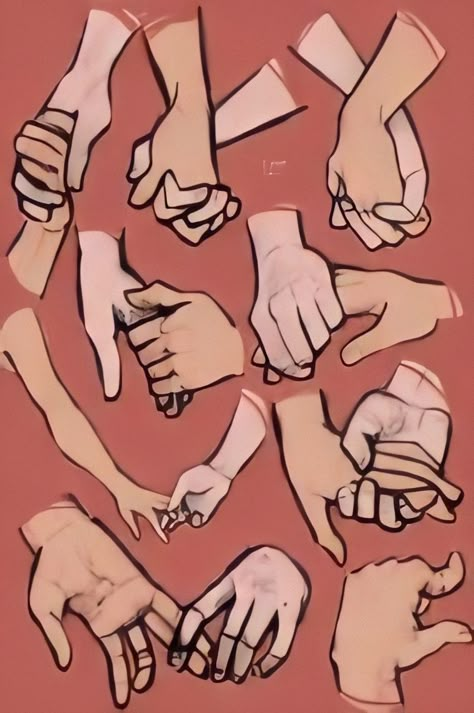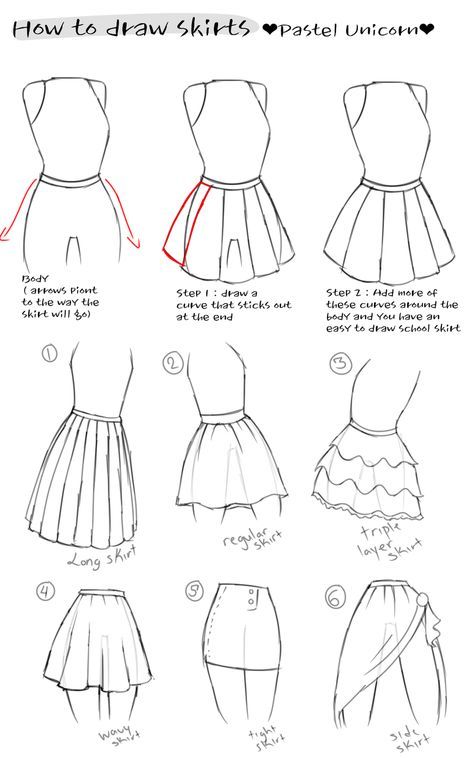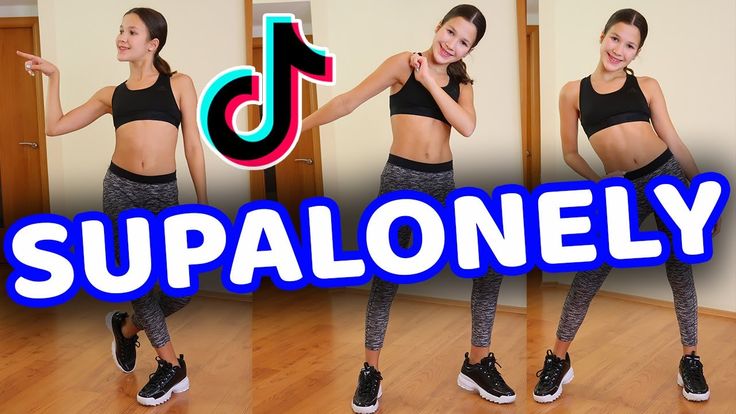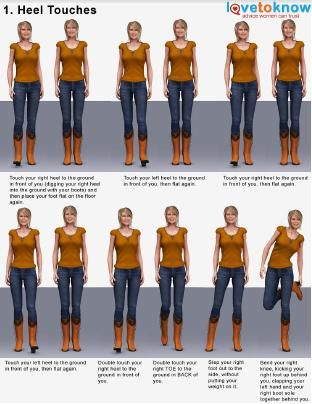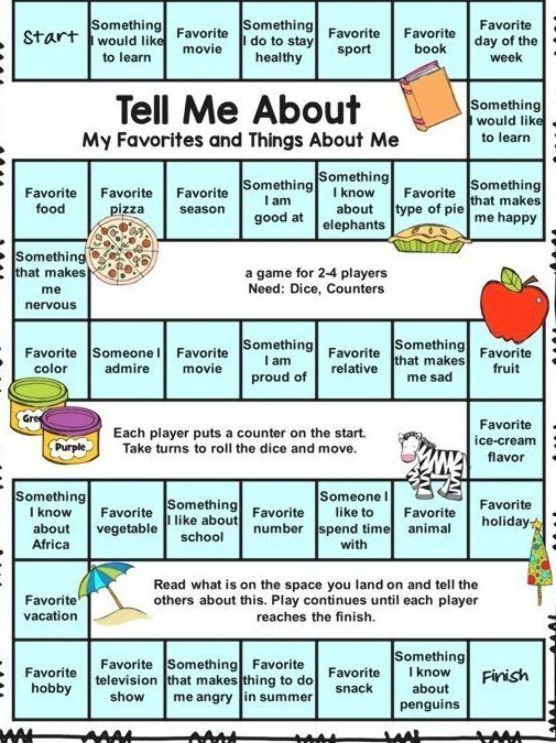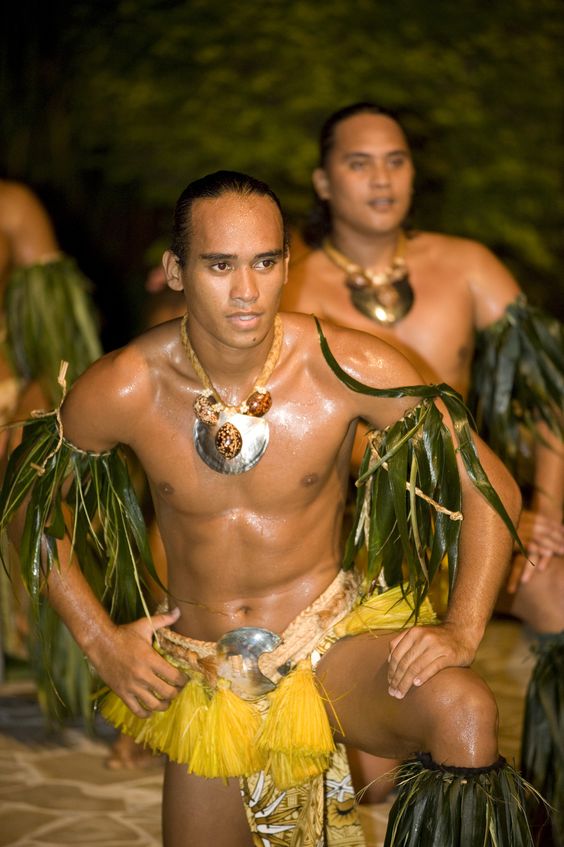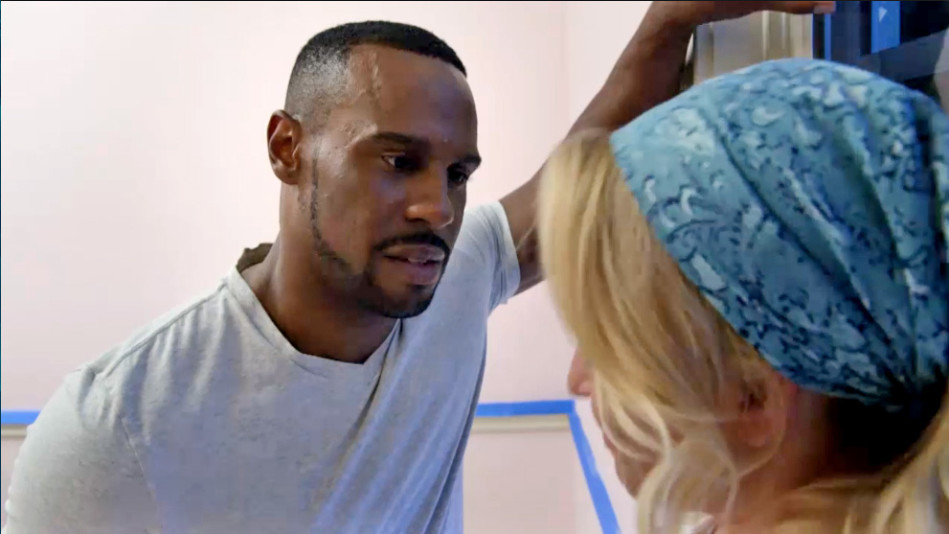How to dance on your hands
How to Infuse Intention and Artistry Into Your Hands
Despite being one of the most-used parts of the body in everyday life, the hands can often be an afterthought in dance. Your dexterous digits, so valuable for writing, driving, texting and general gesticulating, can become limp and lifeless without some mindfulness. Though the role of the hands, wrists and fingers varies depending on your dance form, the necessary intentionality crosses all disciplines.
Think of your hands as part of a larger whole.
“Your fingers are what send the energy out from the body,” says bharatanatyam dancer, choreographer and teacher, and the co-artistic director of Ragamala Dance Company in Minneapolis, Aparna Ramaswamy. “The gestures do not stand alone.” TaraMarie Perri, whose background as a dancer and choreographer feeds her yoga teaching at the Perri Institute for Mind and Body and New York University’s Tisch School of the Arts, recommends focusing on the energy pathways throughout the whole body as oppositional and supportive forces. “Think of the palms as the distal ends of the arms,” she says.To practice this full-bodied integration, find connections between the fingers and other parts of your body. For example, Sandra Chinn, who teaches at Alonzo King LINES Ballet and Berkeley Ballet Theater, tells students to think of the fingers as “picking up” the toes as they initiate a développé.
Bear weight mindfully.
The transition to weight-bearing movements on your hands can be scary if you’re not used to it. Try shifting your perspective by thinking of your hands as feet. “Hands are designed for articulation, gesture and agility. Feet are designed for stability, grounding and balance. As dancers we get to play with it in both ways,” says Perri. “The challenge of going onto the hands is how to find the same thing that I find in my feet.”Additionally, protect your hands and wrists in weight-bearing activities by remaining strong in your core and distributing the weight throughout your body.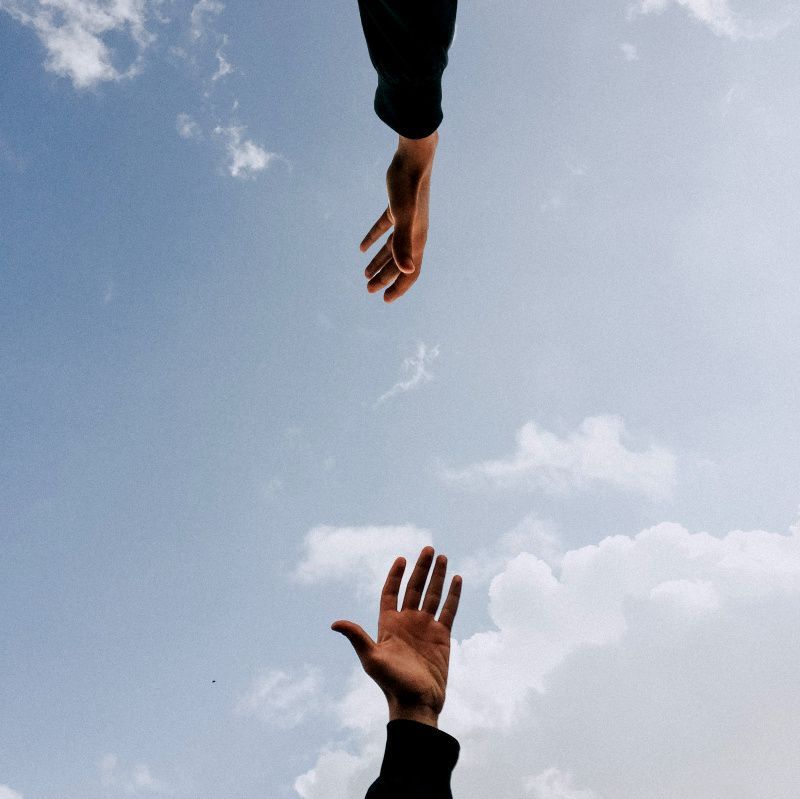 “The alignment of hands, elbows and shoulders is the way you would think about the ankles, knees and hips,” says Perri.
“The alignment of hands, elbows and shoulders is the way you would think about the ankles, knees and hips,” says Perri.
Throw flexibility out the window.
“You can’t think in terms of flexibility with the hands and wrists,” says Perri, noting that the wrist is not as mobile as the ankle. Wrist joints have a limited set of movements: flexion and extension (like dribbling a basketball) and adduction and abduction (like waving goodbye). Twisting of the wrist happens in the forearm via the radius and the ulna.With that in mind, don’t try to overstretch your fingers or wrists when they’re bearing weight. Perri also recommends being especially mindful of the mobility of the thumb. “If we overly mobilize our thumb we can cause deterioration in the ability of our wrists,” she says. “If we think of the spaces between the fingers as pizza slices when they are flat on the floor supporting weight, we want to keep the slices between the thumb and pointer finger the same as the others.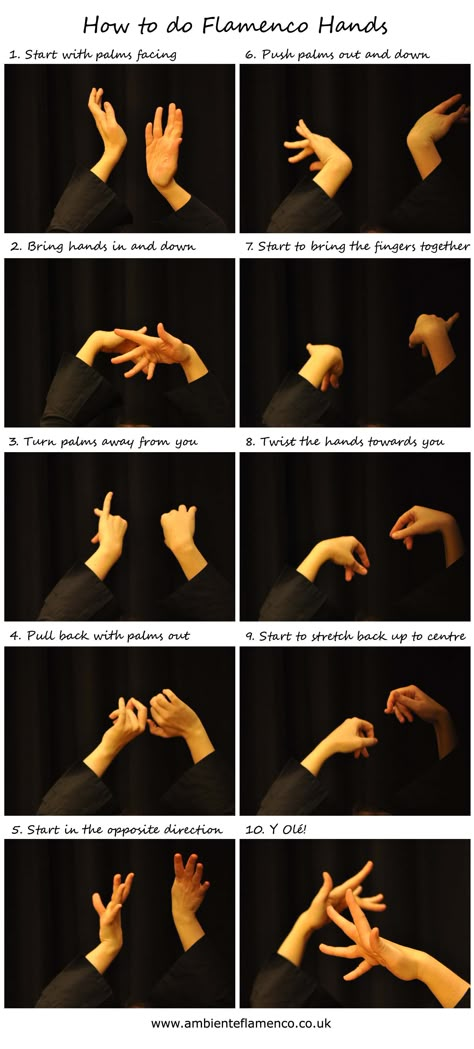 ”
”
Rotate the wrists on an axis.
To maintain a clean, elongated line during port de bras as you move from one position to another, Chinn recommends thinking of the middle finger as the central axis and rotating the hand around it. “In the classical ballet positions, you have to imagine the hands start much higher on the forearms,” she says. “If you don’t take the time to do that, you are going to get a lot of breaking in the wrist. The rotation starts higher.”
Sandra ChinnNick Korkos, courtesy Chinn
Take care of your hands.
With the increase in texting and computer use in our everyday lives comes the accompanying side effects of those repetitive motions, especially in the thumb joint. As you go about your day, try to bring some awareness to the alignment of your wrists. For most prolonged activities, like typing, your hands should extend in one long line out from your elbows. Avoid breaking at the wrists.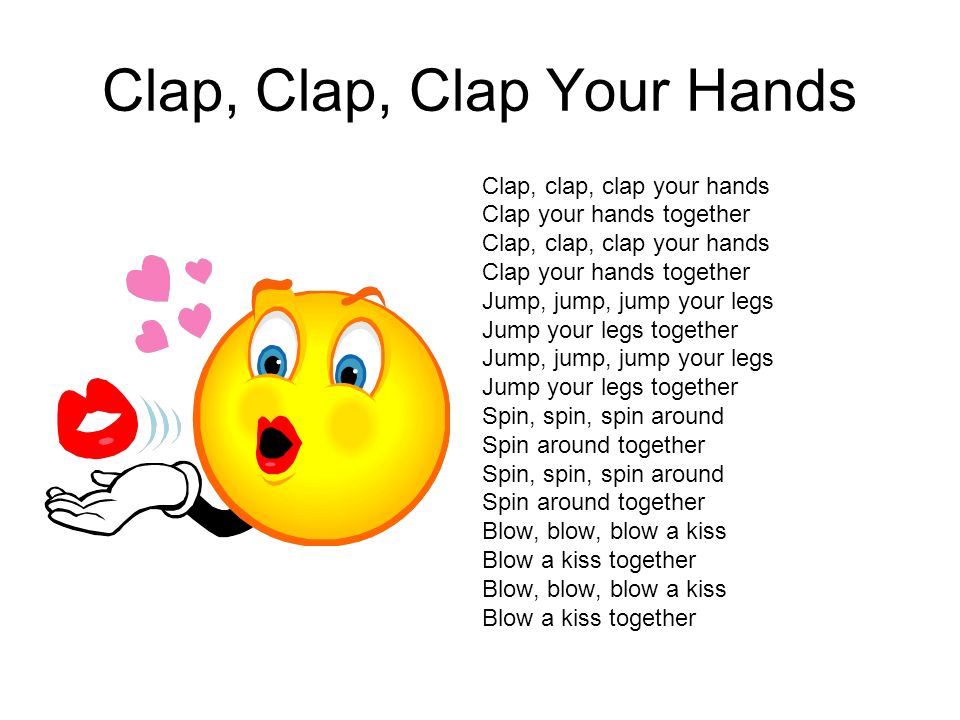 As you integrate any new type of hand or wrist movement into your life, be patient with the process, especially if it’s related to weight bearing. “Hands and wrists take time to get used to weight bearing,” says Perri. “There are exercises you can do to help alleviate the fatigue.”
As you integrate any new type of hand or wrist movement into your life, be patient with the process, especially if it’s related to weight bearing. “Hands and wrists take time to get used to weight bearing,” says Perri. “There are exercises you can do to help alleviate the fatigue.”
Communicate clearly.
The many hand gestures in bharatanatyam have different meanings depending on their placement in relation to the rest of the body. A muddled gesture could completely distort the effect of the movement. But even if you’re not performing a genre that denotes specific hand meanings, your hands can speak volumes.Becoming more specific in your hand movements is often just a matter of repetition over time. Ramaswamy suggests staying diligent about the shape of the hands and their position in relation to the rest of your body. Practice more times than you think you’ll need until it’s second-nature, and use emotion to fully bring your hand gestures to life.
Teachers: For tips on refining your students’ hands, wrists and fingers, visit dance-teacher.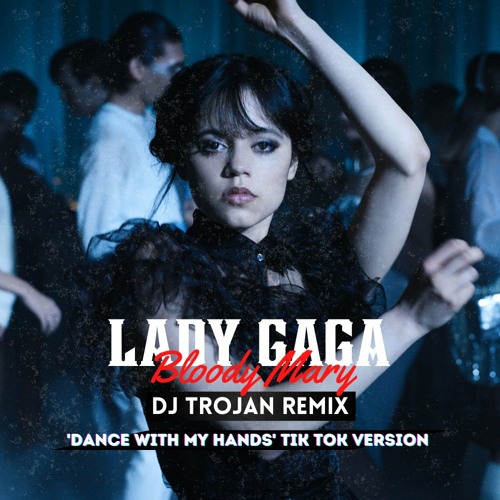 com.
com.
Hand dances| Numeridanse tv
Musiques de tables – Thierry De Mey
For this creation, performed by 3 percussionists and their 6 hands playing on a table, Thierry de Mey highlights an ambience of various figures that give rise to a variety of sounds with the different ways the hands strike the table: flat-hand, backhand, hand-chop, fist-hit, finger-flick, hand-edge, fingertips, stone.
What is surprising is the contrast between the performers’ stoicism and the variation of their hands, which are incredibly precise. Here, hands become real instruments and create a dance of sounds and gestures.
Light music – Thierry De Mey
With Light music, Thierry de Mey centres stages an orchestra conductor without an orchestra, a percussionist without percussion... a percussionist who “triggers sounds and musical sequences manipulates them in time and space, loops them, rips them apart, makes them resonate”.
Folk you - Collectif Up & Over it
Suzanne Cleary and Peter Harding present themselves as “hand dancers”. Mind-blowing Irish dance performers, they decided to use their hands to symbolize this dance where, traditionally, only legs and feet are required.
They intend to move Irish dance away from the all-predictable, highly-formatted pigeon-hole of major galas and international championships and rediscover the pleasure, the mischievousness and quintessence of the original rhythm. This traditional dance, which migrated to the United States in the suitcases of thousands of Irish women and men, played a great role in music-hall and musical comedy dances which developed throughout the 20th century, in particular tap dancing.
« The Roll dance » extract from Gold Rush – Charlie Chaplin
No-one can resist this dance that Charlie performs on the edge of a restaurant table with two forks and two rolls of bread. He becomes a puppet-master and a dancer at the same time, he plays on the contrast between his hands and his facial expressions. The moment the dance and the music kick off, the rolls of bread become ‘real’ characters and we, as spectators, are immediately filled with empathy.
Charlie dares to play like a child and finds himself believing in his little bread roll-dancers; he takes us on a journey into his personal fantasy, into his imaginary world.
He becomes a puppet-master and a dancer at the same time, he plays on the contrast between his hands and his facial expressions. The moment the dance and the music kick off, the rolls of bread become ‘real’ characters and we, as spectators, are immediately filled with empathy.
Charlie dares to play like a child and finds himself believing in his little bread roll-dancers; he takes us on a journey into his personal fantasy, into his imaginary world.
Agwa – Mourad Merzouki
The strength of the last scene of this choreography lies in the sensitivity, gentleness and attention that these hip-hop dancers, who are generally on their feet working on speed and virtuosity, carry in their hands. The hands, in synergy with the water that this work takes its inspiration from, connect us with the poetry and fragility of the performers.
Le P’tit bal – Philippe Decouflé
Philippe Decouflé has always been interested in signs, movements and sketches, which can instantaneously, upon simple observation, conjure up a memory or provoke an emotion.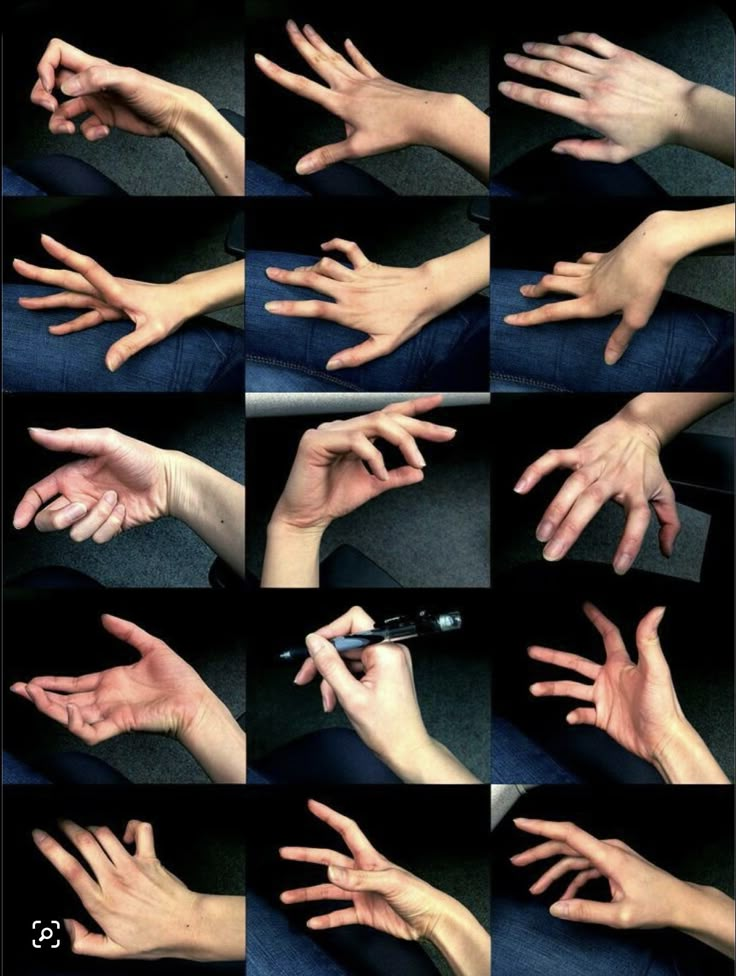
Backed by a song by Bourvil, Philippe Decouflé and Pascale Houbin use their hands to make signs and accessories dance. Instead of offering us play on words, they propose hand-play, visual and gestural winks.
Kiss & cry – Michèle Anne De Mey
An entire show performed by hands, accompanied by a ballet of technicians, cameras and accessories.
This was the challenge that the filmmakert Jaco Van Dormael, and the choreographer Michèle Anne de Mey, ltook on... they refer to it as “nanodances”. Like two children, they create and film on sight a miniature world, where the stories, which are projected directly unto a big screen, are narrated by the dancers’ hands and fingers. The hands love, dance, travel, curl up together, climb, roam around different worlds.
Namasya – Shantala Shivalingappa
In the different traditional Indian dances, hands play a highly codified, frequently narrative role that is rooted in a sacred, ancestral art.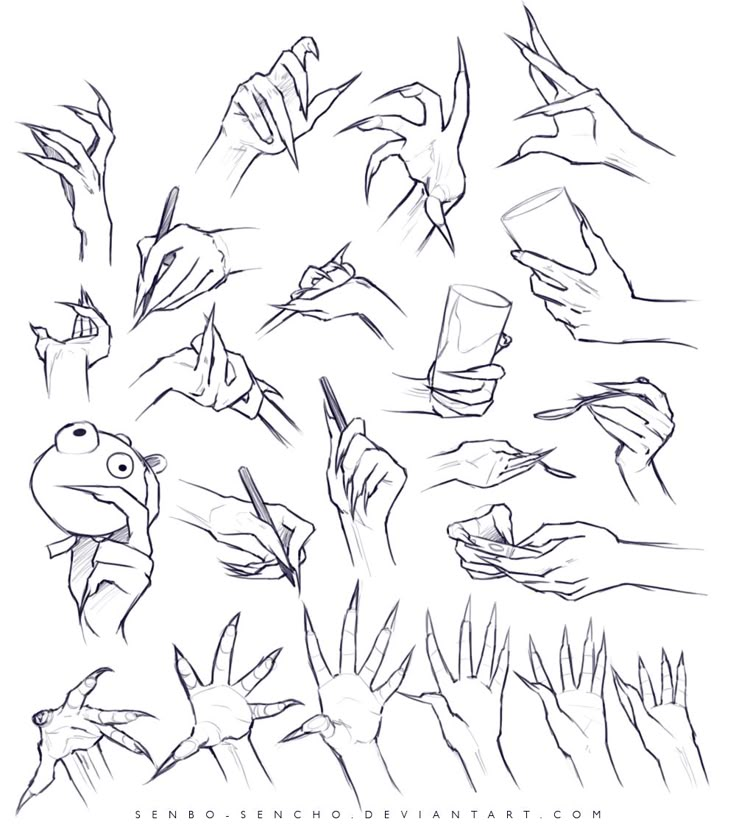 In the Odissi, one of these dances, there are 67 different hand positions. Decorated in detail, they deliver the melody, just like feet deliver the rhythm.
In the Odissi, one of these dances, there are 67 different hand positions. Decorated in detail, they deliver the melody, just like feet deliver the rhythm.
Shantala Shivalingappa, a kuchipundi dancer, transposes her knowledge of traditional dance to contemporary dance.
Dans Namasya, she proposes 4 solos, choreographed in collaboration with Ushio Amagatsu, Pina Bausch and her own mother Savitry Nair. In each solo, she becomes aware of the vital role of the hands and, as such, places emphasis on them as dance incentives. Determined, strong, serious, light, subtle and gracious, her hands lead the way and prompt the rest of her body to follow suit.
Break dance training. VIEW ALL LESSONS >>>
Breaking or break dance (break dance) - one of the most spectacular areas of street dance, which includes torsion, energetic "runs" and sudden stops of the dancer (freez) during his exit.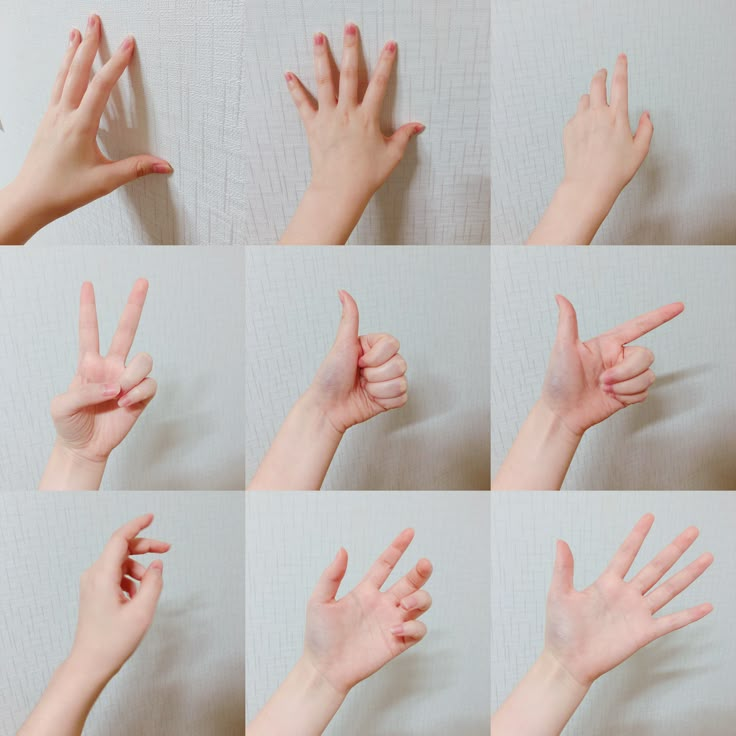 The dance style began to form in the early 70s in New York in the Bronx area. Only a few years have passed and from the underground dance breakdance has received worldwide fame and recognition. Today, breaking is one of the strongest dance subcultures, with a developed technique, system of events and a real street spirit. On this page you will see break dance lessons for beginners. nine0003
The dance style began to form in the early 70s in New York in the Bronx area. Only a few years have passed and from the underground dance breakdance has received worldwide fame and recognition. Today, breaking is one of the strongest dance subcultures, with a developed technique, system of events and a real street spirit. On this page you will see break dance lessons for beginners. nine0003
If you want to learn how to breakdance and feel that you can't do without a mentor, come to the Dragon Dance School for a trial breakdance lesson. Since 2000, we have been helping people learn how to move beautifully and feel the music. Already several thousand people have been trained and learned to dance. Even if you have never worked out before, even if you are not in good physical shape now, all this is easily fixable. You will understand that learning to dance is easy. Come for a free trial lesson. nine0003
nine0003
Break dance training for beginners: the right warm-up
Any dance lesson in any style, be it breaking or hip-hop dance, should begin with a warm-up. This allows you to warm up the body, muscles and ligaments. This is especially important for learning the lower break, since it uses the maximum resources of the body, which means that in order to swing to the fullest, you need to warm up a lot, maybe even sweat a little.
Break dance video lessons: top rock (top rock)
Top rock is what the dancer does before entering the lower elements. However, top rock should not be neglected, for a good dancer is easy to recognize by the first moves of top rock. It's like a business card. Look online lessons on top rock and learn the elements suggested there. This will allow you to learn how to breakdance even at home.
This will allow you to learn how to breakdance even at home.
1. Break dance school: Top rock 1
2. Break dance lessons: Top Rock 2
3. Top Rock 3. Movement Break DANSA for beginners
4. TOP ROCK 4. Street Dance lessons 9000 9000 9000ours children and not only in Moscow. Sign up and come to a trial lesson
Basic technique: footwork (style)
Footwork or style is one of the main sub-styles in breakdance. It includes, as the name suggests, "footwork". And indeed it is. A variety of "running", "cutting" and so on. Each bboy tries to stand out in footwork and do it in his own way. Therefore, it is important to learn the basics at the beginning, and then proceed to improvise and develop your own manner in footwork. nine0003
Each bboy tries to stand out in footwork and do it in his own way. Therefore, it is important to learn the basics at the beginning, and then proceed to improvise and develop your own manner in footwork. nine0003
1. How to learn how to dance Break DANS: Sharchka
2. Break DANS LUCK: Six Steps
3. Online lessons BREAK DANSA: Three Steps 9000 9000
4. dance for beginners: CC's
Basic technique: Freez/Power trix
If you watched breakdance videos from battles, then you probably remember that during the dance, the b-boy can suddenly stop or freeze in the most incredible position.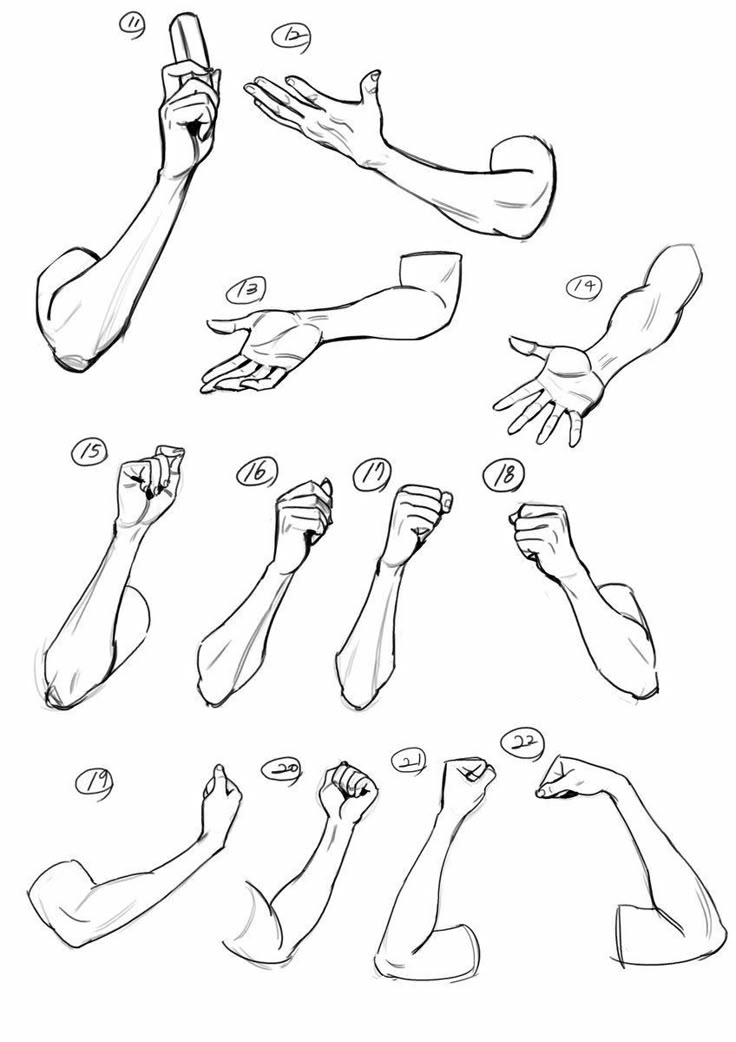 These stops are called "friezes". Also in breakdance, many elements are performed from a handstand, elbows, etc. This power substyle is called "trix". Watch break dance lessons and master the base of these directions. nine0003
These stops are called "friezes". Also in breakdance, many elements are performed from a handstand, elbows, etc. This power substyle is called "trix". Watch break dance lessons and master the base of these directions. nine0003
1. Break dance. Where to start: Balance
2. Freez 1. How to learn Break Dance Frisa
3. Video Dance Lessor Break 2
90144. Freez 3. Break dance lessons
Basic technique: Power move
Finally, we move on to the most spectacular part of break dance for many - power moves. These are power movements, all kinds of torsion on the head, back, various "air twists" and "air tracks". Indeed, power moves are the hallmark of breaking. In order to learn how to bray dance and perform complex elements, you will first need patience. Every break dance move requires thoughtful practice. Therefore, if something did not work out on the first try, do not be discouraged. Just do it again. Record your video. Compare with how it was explained in the video tutorial. A little work and everything will work out! You will learn to dance breakdance the way you have long wanted to! nine0003
Indeed, power moves are the hallmark of breaking. In order to learn how to bray dance and perform complex elements, you will first need patience. Every break dance move requires thoughtful practice. Therefore, if something did not work out on the first try, do not be discouraged. Just do it again. Record your video. Compare with how it was explained in the video tutorial. A little work and everything will work out! You will learn to dance breakdance the way you have long wanted to! nine0003
1. Basic rotation for beginners Backspin (Bek Spin)
2. Element Break DANSA SVEPS SWIPE: Disassembly and training
3. Dance lessons Break Dance: Turtle or "Turtle"
4.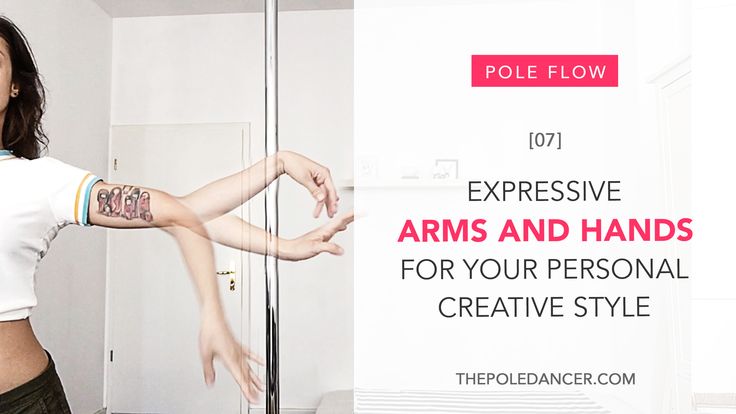 The most famous element of breakdance: Windmill / gelik / mill
The most famous element of breakdance: Windmill / gelik / mill
Routines
1. Breakdance dance lessons: Combo 1.0002 2. Break dance training and online lessons: Combo 2
It is often easier to learn how to dance with an experienced trainer. Even if you are afraid that it will not work out and have never danced before, it is not scary. In our Dragon Dance School, we train those who come to study "from scratch". Sign up for a trial lesson and give yourself a dream come true!
How to learn how to break dance at home. How to learn how to breakdance at home
The name "breakdance" is not entirely correct, it is correct to call this style breaking or b-boying. How can you describe this style? This is culture, art, rotations, extreme movements, as well as the direction of hip-hop.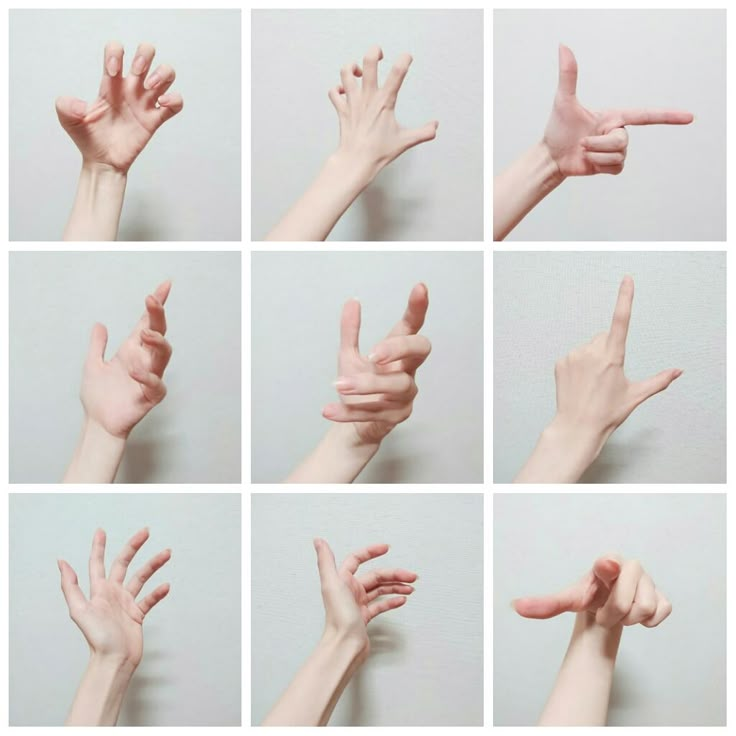 It was first danced on the New York streets in the 70s. Breaking used to be the dance of the Underground culture, or rather the underground. Later, Puerto Ricans added capoeira elements that looked like (screw, somersault). How is breakdance at home?
It was first danced on the New York streets in the 70s. Breaking used to be the dance of the Underground culture, or rather the underground. Later, Puerto Ricans added capoeira elements that looked like (screw, somersault). How is breakdance at home?
Breaking music
Have you set yourself the task: “I want to learn how to dance breakdance”? Then pick up the music first. For this, accelerated remixes of hip-hop tracks are suitable, as well as break-beat music, for example, Funkshone, Dj Skeme Richards, Big Daddy Moochin, Ill Boogs and others.
How to learn how to breakdance at home: basic movements
1. Strike. Sit on the floor, one leg is bent at the knee and on the toe, the other needs to be pulled forward, the toe looks up. Next, we take the extended leg to the side, cut the second one and return it to its original position without bending. nine0003
2. Balance. Learn to balance. Take a position as for push-ups on the floor, lean on one hand and try, balancing, to stay on it.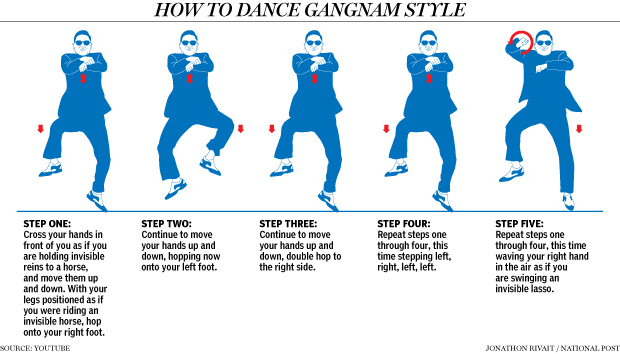 The right elbow should be brought to the stomach, transfer the weight to this hand without losing balance.
The right elbow should be brought to the stomach, transfer the weight to this hand without losing balance.
3. Tumbler. You need to fall on your back, somersault back and lift the body on your hands, then fall again and so on.
4. Swipe. You need to stand on one hand, the body is parallel to the floor, does not sag and is turned to the side, raise the other hand to the ceiling. You can first change your hand and at the same time turn the body in the opposite direction. Together with the replacement of hands, you need to perform a jump from both legs. nine0003
5. Footwork. These are leg movements. These include weaves, paths, rhythmic footsteps around the body, running.
6. Spinning move or power move. These are elements of rotation that amaze with their spectacularity. For example, "crab" - the body rotates horizontally on the arms, and the legs are spread apart into a twine.
7. Power Trix. Power movements that are unthinkable without appropriate physical training.
8. Friezes. These include fading in different positions. nine0003
How to learn how to breakdance at home? This, of course, is not too simple, but it is quite real. To perform breakdance lessons at home, use the tips that will help you in your endeavor:
All technical elements will require endurance from you, so learn endurance and patience - not everything works out the first or even the fifth time.
When performing acrobatics, get a friend or coach to back you up.
To avoid injury, be sure to warm up and cool down - warm up the muscles well. nine0003
Be careful when performing movements, move from simple to complex gradually.
Conduct training in a team - it is easier to notice your own and other people's mistakes and avoid them in the future. In addition, this is a great incentive to dance better than others and learn how to perform the most inconceivable movements.
Now you know how to learn how to breakdance at home, and this is a great start, as dancing in this direction is a great replacement or addition to any sport.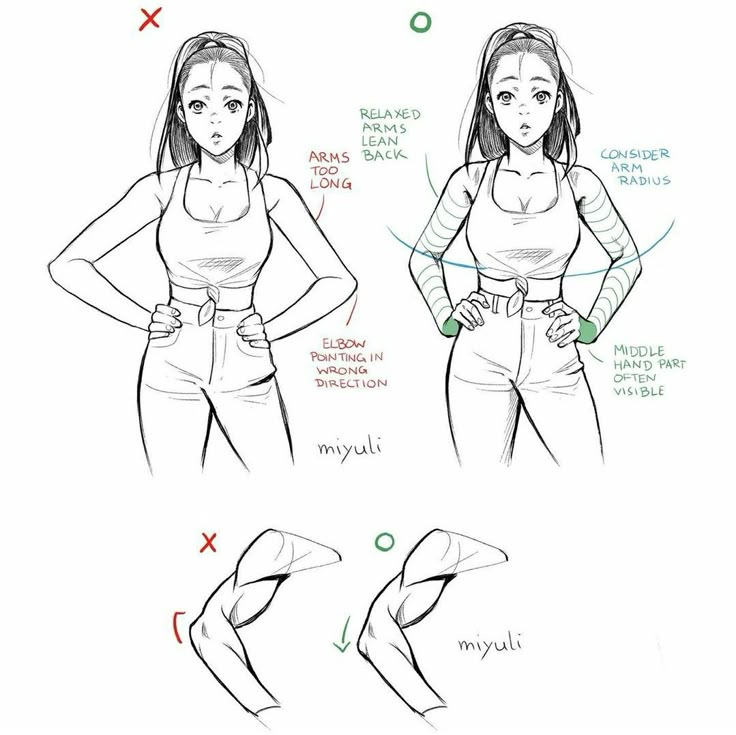 nine0003
nine0003
One of the poorest areas of New York - the Bronx is considered to be the birthplace of break dance. It was there, in the sixties, that his story began. At that time, with the increased popularity of electronic music, elements of various rotations on the ground were very often used among young dancers, this direction was called Good Foot.
The dancers, one might say, “broke” the usual movements to the beat of the records, there were no rotations yet in the usual breakdance movements. As the culture consolidated its position, the dancers were forced to stretch their imaginations even more for active opposition in dance battles. There was even a slogan saying that it is better to fight with the help of creativity, without resorting to weapons, and the youth fought, gathered in teams to defeat their opponent. That is why the teams developed their own individual style, which laid the foundation for the breakdance sub-styles. nine0003
Such dances became so "accustomed" and became fashionable that some time later, in the seventies, the legendary rapper Afrika Bambaata offered to hold competitions on a cardboard surface among New York dancers. And in 1977, a young Rock Steady Crew appeared, which made a very big contribution to the development of this direction. And already in the eighties, the team held a world tour, showing a new direction in dance to the whole world.
And in 1977, a young Rock Steady Crew appeared, which made a very big contribution to the development of this direction. And already in the eighties, the team held a world tour, showing a new direction in dance to the whole world.
Break dance includes elements of previously unrelated martial arts and techniques, such as:
* Brazilian wrestling capoeira ;
* American Jazz;
* Korean kung fu;
* acrobatics;
* twist et al.
1970s-1980s, break dance culture becomes an integral part of hip hop.
At the very beginning of the eighties, breakdance spread throughout Europe, becoming as popular as it was at home. But there was no lack of information. On television, they told how to correctly perform certain elements of the dance, and in some educational institutions they even replaced physical education lessons with break dance lessons. By the end of the eighties, "break" became an independent direction in art. And it is art, not sports. At competitions, the score is not for the correct execution of movements, not for the observance of techniques, but for the self-expression of the performer, his sense of tact.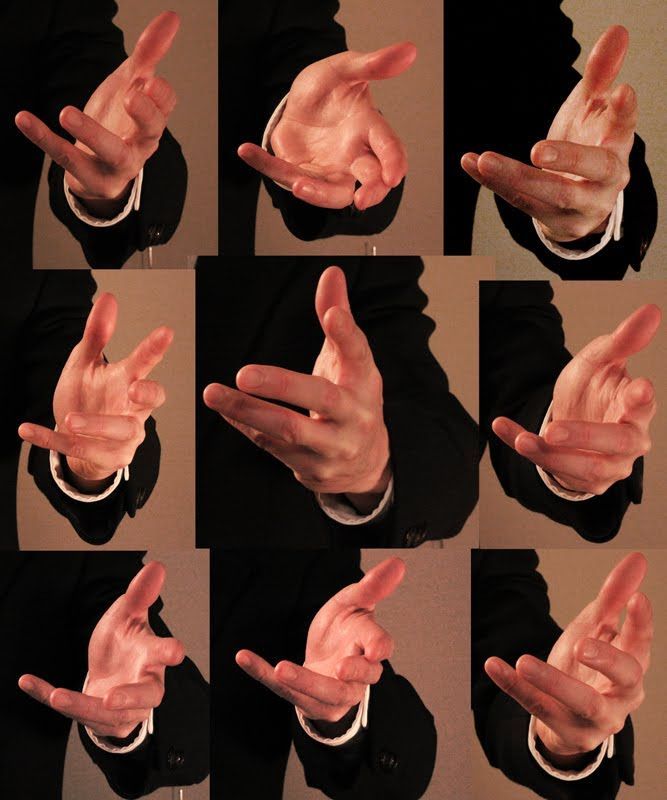 nine0003
nine0003
The film "Breakin"", released in 1985, made break dance very popular in the USSR. The first production of dances of this style in the Soviet Union was organized by Alexei Kozlov, after which a real dance boom came. dance style.True, the so-called upper break or boogie first gained popularity.This is a type of movement where everything happens in a vertical position, the main elements are performed with the hands, but neither the hands nor the body itself come into contact with the floor once again.0003
Top break dance can be divided into several styles:
* electric boogie (electricboogie) - plastic that imitates an electric discharge, including a variety of elements, such as sliding, ticking, waves, etc .;
* robot (robot) - the principle is the same as that of the electric boogie, but all movements are stylized as mechanical;
* king-tat (kingTut) - based on movements performed mainly by arms at an angle of 90 °, which is similar to ancient Egyptian dances;
* pop-locking (poplocking) - this style is based on rhythmic swaying of the body, jumps, sharp movements of the hands of locking and poping.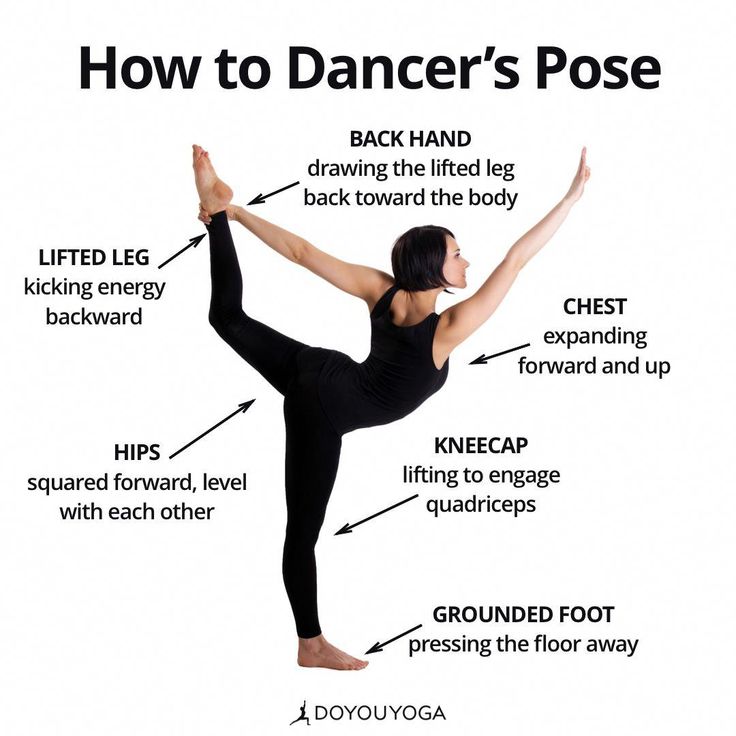 nine0003
nine0003
1987, 1988, break dance gains popularity in the USSR, becomes a mass movement. However, the lack of information hindered the desired development.
1990-1991, during the collapse of the Soviet Union, when it became possible to receive information from the West, the dance direction began to be hampered by political and economic events.
However, it was in the early nineties in the USSR that the lower break dance or, as it is also called, breaking, became widespread. In this variant, most of the movements and techniques are performed on the floor and acquire power performance. nine0003
The lower break, like the upper one, can be distinguished by style:
* style (style) - begins with solo improvisation, and then is complemented by running, footwork in headstands;
* power tricks (powertricks) - a combination of tricks, friezes, e-twist, knee jumps, etc.;
* power move (powermove) - this is already the most spectacular and complex style, consisting of elements such as a helicopter ("helik"), consisting of rotations with legs, standing on a support from hands and head, a windmill ("windmill") - the same as the helicopter in fact, headspin (“head”) - consists in rotation on the head, backspin - rotation on the back.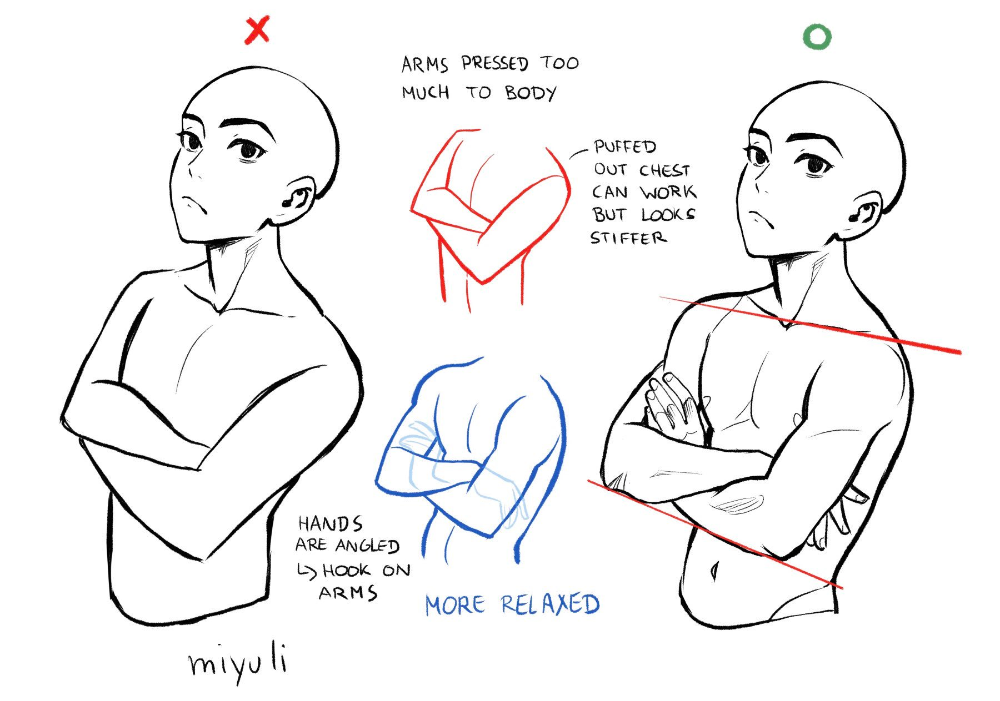 Also in this style there are jumps on hands, sweeps, machmills (“barrel”), tartle, etc.
Also in this style there are jumps on hands, sweeps, machmills (“barrel”), tartle, etc.
Nowadays, break dance is widely popular all over the world, but the USA and the East (Japan, Korea) are the biggest admirers of this culture. In Europe, he is also known, although to a lesser extent, but it is in Germany that the world championship in breakdance takes place - The Battle of the Year.
Since 2004, another international competition has been held - Red Bull BC One, which in 2011. took place in Moscow. Competitions are held on a specially equipped round stage, surrounded by cameras that film the entire performance from all possible angles. nine0003
And now, walking along the street past the guys dancing break dance, it's hard to look away. In this dance, it is impossible to predict in advance what will happen next, what movements will be used. Breakdance attracts with its unpredictability and eccentricity. The spirit is also captured by the tricks themselves, which are very difficult to perform.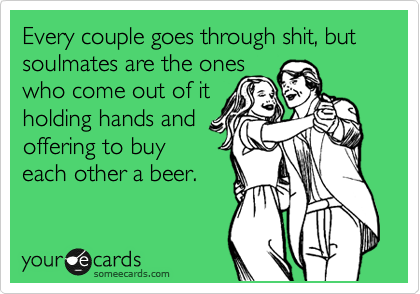 To achieve such results, you need considerable ingenuity, willpower and physical fitness. This allows, while doing break dance, to strengthen muscles, correct the figure and get a lot of pleasure not only from the process itself, but, of course, the result - the admiring glances of the audience. nine0003
To achieve such results, you need considerable ingenuity, willpower and physical fitness. This allows, while doing break dance, to strengthen muscles, correct the figure and get a lot of pleasure not only from the process itself, but, of course, the result - the admiring glances of the audience. nine0003
Break dance is a spectacular street dance that came to us from New York in the 60s. In Russia, this direction includes 2 different concepts: the upper break dance and the lower break dance.
Break dancers are in excellent physical shape, as the execution of complex acrobatic movements requires special training. B-boys (as dancers call themselves) develop the strength and flexibility of the body, a sense of balance and endurance.
Origin story
The history of breakdancing began in the late 60s in New York, in one of the poorest areas - the Bronx. At this time, electronic music was gaining popularity among young dancers who used the elements of rotation on the ground and called this direction Good Foot.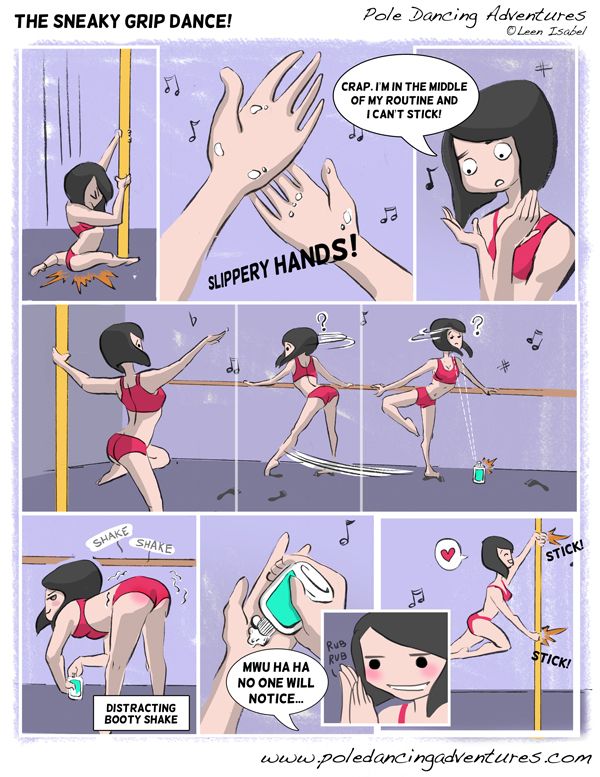 The name B-boys and B-boying appeared thanks to the DJ Kool Herc, B-boys - an abbreviated name for Break boys - broken beat dancers.
The name B-boys and B-boying appeared thanks to the DJ Kool Herc, B-boys - an abbreviated name for Break boys - broken beat dancers.
Choreographic Basics / Dance Technique
Breakdancing is based on many basic elements:
Flare
Flare is the rotation of the legs in a circle, alternately changing hands.
Gelik / Windmill
Rotation on the floor with legs wide apart due to leg swings. There are varieties in setting the position of the hands behind the back - this is one of the basic movements.
Headspin
Headspin - rotation on the head with the help of hands. The position of the legs can be with the legs apart and bent into an obtuse or right angle. One of the brightest movements want to learn breakdance beginners. nine0003
Candle / Ninety Nine
Rotation of the body on a straight arm.
Candle / TWo thousand
Rotation of the body on two hands.
Swipe
180 degree rotation of the body and repulsion from the floor with a change of supporting hand.
Turtle
Horizontal rotation of the body on bent arms, which rest with the elbow on the press.
Air Flare
A 180 degree rotation of the body in which the legs constantly make circles in the air. nine0003
Cricket
Horizontal rotation of the body on bent arms, but only one arm acts as the center of gravity, the second is the guide.
Six steps
Six leg movements with the arms as support. It looks like a circular run with your feet on the floor.
All of these moves you can learn from our
Breakdancing originated around the 1970s, but it continues to evolve and be one of the most popular forms of modern dance movement. What is a unique dance style that was born on the streets of New York. nine0003
What is break dancing?
Many people, including established professional dancers, often view breakdancing as a form of dance that peaked in the 1980s and is now dead.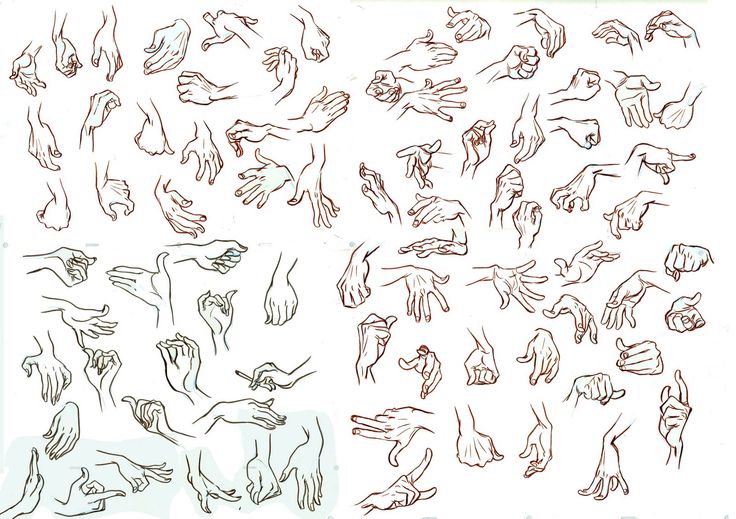 However, this is very far from the truth. Breakdancing actually originated 20 years before its heyday in popularity - in the early 1970s, this type of dance was popular with young African Americans and other ethnic minorities in the Bronx. Children began to bring their radios to the streets and try different dance moves. These dancers became known as "breakers" because of the association with starting the dance after turning on the radio. nine0003
However, this is very far from the truth. Breakdancing actually originated 20 years before its heyday in popularity - in the early 1970s, this type of dance was popular with young African Americans and other ethnic minorities in the Bronx. Children began to bring their radios to the streets and try different dance moves. These dancers became known as "breakers" because of the association with starting the dance after turning on the radio. nine0003
The evolution of dance in society
Quite quickly, break dancing caught the attention of more experienced dance professionals, and it soon became popular throughout the United States. The dance often took place on the street, was used to peacefully resolve disputes by warring gangs, and soon these informal competitions turned into more organized events. Soon, dance groups began performing breakdancing at big events and discos. Today, there are worldwide competitions dedicated specifically to break dancing, and many dance studios offer break dancing lessons.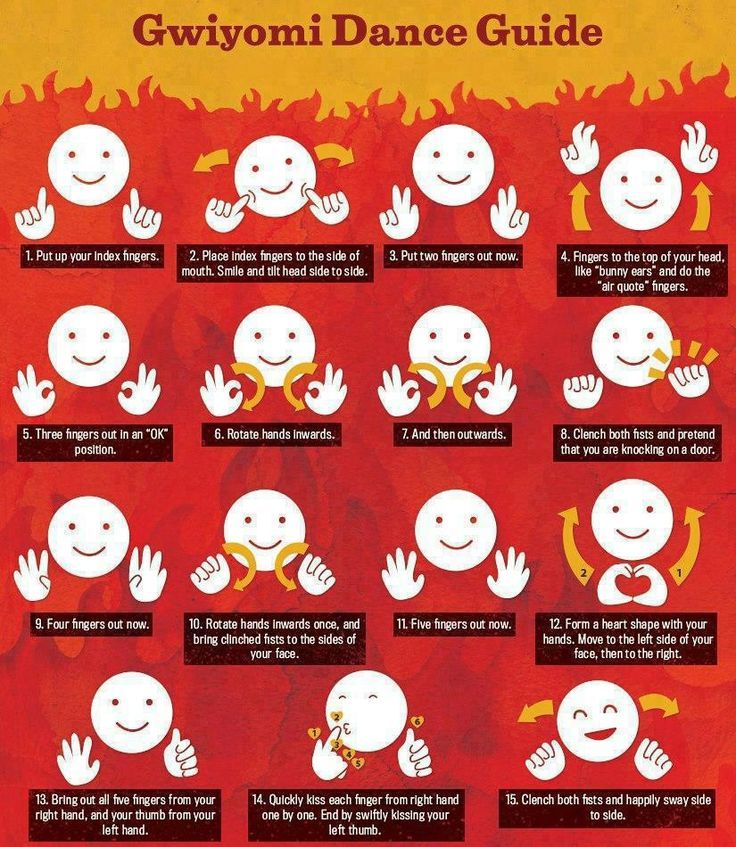 Often the steps of this dance are taught in conjunction with more modern hip hop. Breakdancing is now an international phenomenon and is popular in every corner of the globe. nine0003
Often the steps of this dance are taught in conjunction with more modern hip hop. Breakdancing is now an international phenomenon and is popular in every corner of the globe. nine0003
Breakdancing Movements
Breakdancing has four unique movements - Power Elements, Freezes, Toprock and Footwork. Each of these has its own function in the overall breakdancing choreography, and the dance essentially consists of a combination of these four types of movements.
Toprock is a series of movements performed in a standing position. This series of moves requires good flexibility and a sense of rhythm, and many dancers use Toprock as an introduction to a series of dance tricks. nine0003
Footwork is the exact opposite - it is done mostly on the floor.
Power movements are rotational elements that can be used in any phase of the dance.
Freezes - freeze for a couple of seconds in one position after the end of any set of movements.